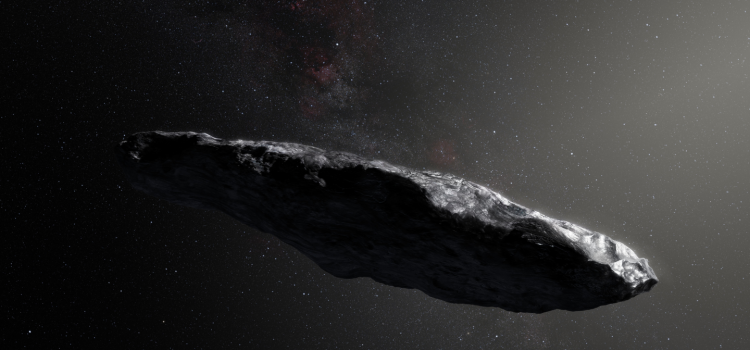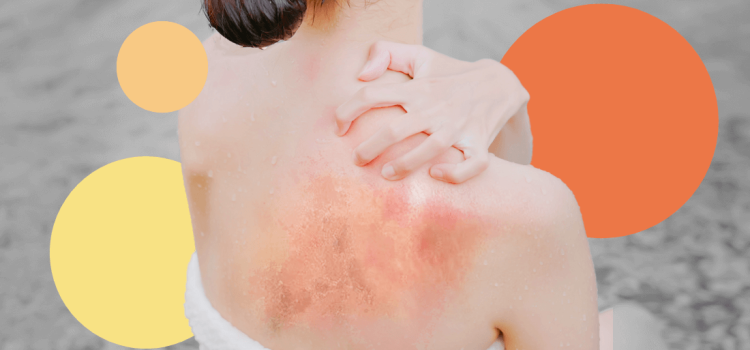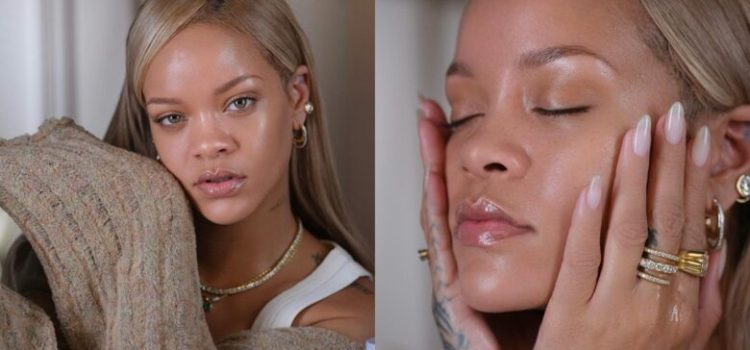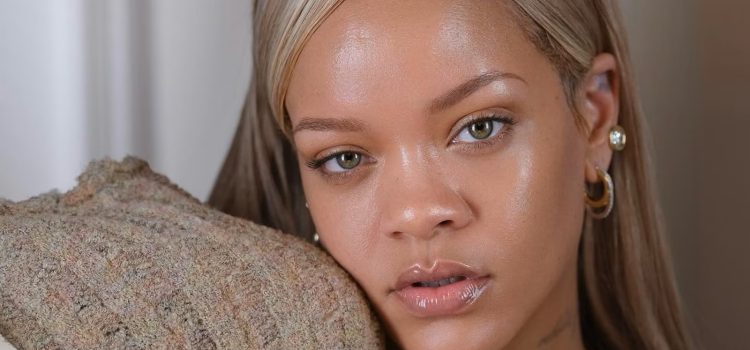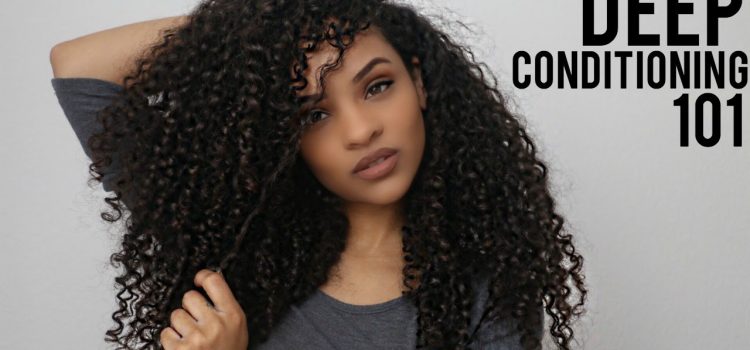
Introduction
Saturn’s rings are one of the most striking sights in our solar system. For decades, scientists believed these rings formed with the planet, over 4 billion years ago. But recent studies hint at a younger age for these dazzling bands of ice and rock. In this article, we explore Saturn’s rings and the ring formation process. We’ll look at fresh evidence, the role of Cassini observations, and what this could mean for our understanding of the solar system. Get ready to learn why Saturn’s rings might not be as old as we once thought.
Traditional View of Saturn’s Rings
For most of the 20th century, scientists saw Saturn’s rings as an ancient feature. They thought:
- Co-formation: Rings formed alongside Saturn, over 4.5 billion years ago.
- Stable Structure: Rings stayed in place due to Saturn’s strong gravity.
- Minimal Change: Collisions and solar wind caused slow erosion, but rings lasted.
This view made sense because:
- Planetary Formation Models showed gas and dust swirling to form planets and rings at the same time.
- Ring Composition of water ice and some rock seemed unchanging.
- Observational Limits before the 2000s could not detect subtle changes in ring mass or structure.
Under this model, Saturn’s rings were ancient relics—fossils of the early solar system.
New Evidence for Younger Rings
Recent studies challenge the ancient-ring model. Data from NASA’s Cassini mission and advanced computer models reveal clues that rings may be much younger:
- Mass Loss Rates: Measurements show rings losing material faster than expected. Tiny particles fall into Saturn’s atmosphere. If rings were billions of years old, they would have vanished by now.
- Ring Brightness: Young rings appear brighter. Ice reflects sunlight strongly. Old rings darken over time as dust and meteoroids accumulate. Saturn’s rings remain very bright.
- Ice Purity: Analyses show over 90% water ice. This high purity suggests little contamination over time—consistent with a formation just 100 million years ago, not billions.
Together, these findings support the idea of a young ring system, possibly formed from a shattered moon or comet.
Methods of Dating Rings
How do scientists estimate ring age? Several methods help date ring formation:
1. Particle Dynamics
Researchers track how particles move within the rings. Interactions cause clumps and gaps. By modeling these patterns, scientists infer the time needed to create them.
2. Spectral Analysis
Shining special light on the rings reveals their chemical makeup. Fresh ice has distinct spectral fingerprints. Measuring pollution from meteoroid impacts shows how long ice has been exposed.
3. Mass and Brightness Measurements
Cassini’s instruments measured ring mass and reflectivity. Combining these with erosion models gives an age range. Rapid mass loss implies a younger system.
4. Computer Simulations
Advanced simulations recreate ring evolution under different conditions. When models match current observations only if the rings are young, it strengthens the case for recent formation.
These methods paint a detailed picture of ring history and break the old assumption of an ancient origin.
The Role of Cassini Observations
Launched in 1997, the Cassini spacecraft arrived at Saturn in 2004. Over 13 years, it provided groundbreaking data on the rings:
- Close Flybys: Cassini passed barely 1,000 kilometers above the rings, measuring their gravity and mass.
- Spectrometer Data: Instruments such as CIRS (Composite Infrared Spectrometer) and VIMS (Visual and Infrared Mapping Spectrometer) mapped ice purity.
- Dust Detection: Cassini’s dust analyzer counted particles falling into Saturn’s atmosphere.
Key Cassini findings include:
- Ring Rain: Charged ice particles spiral along magnetic field lines into Saturn. This was measured as a “rain” of ice into the planet’s poles.
- Propeller Features: Tiny moonlets carve propeller-shaped gaps in the rings. Their abundance helps estimate ring age.
- Dynamic Structures: Spiral density waves and bending waves reveal how ring particles cluster over time.
Without Cassini, we would lack the precise data needed to question the rings’ ancient status.
Possible Origins of Young Rings
If Saturn’s rings are young—perhaps 100 million years old—how did they form so late in solar system history? Two main scenarios exist:
1. Moon Disruption
A small moon or icy body drifted too close to Saturn. Strong tidal forces tore it apart, scattering debris into orbit. Over time, this debris spread out into the rings we see today.
- Evidence: The mass of some moons and rings is similar, suggesting trade-offs.
- Mechanism: Roche limit dynamics explain how gravity tears bodies at a certain distance.
2. Comet or Kuiper Belt Object Impact
A large comet or object from the Kuiper Belt crashed into a moon or passed too close to Saturn. The collision produced debris that formed rings.
- Evidence: Models show collision speeds and angles that create ring-like disks.
- Timing: Impacts of smaller objects still occur, but a major event in the past 100 million years could explain bright, unpolluted rings.
Both hypotheses fit the young-ring data. More research will refine which event was most likely.
Implications for Planetary Science
A younger age for Saturn’s rings has broad implications:
- Solar System Dynamics: Rings are not static relics but can form later in a planet’s life. Other gas giants might have had rings that vanished or reformed.
- Exoplanet Studies: Observers searching for rings around exoplanets may find systems of various ages. Young rings signal recent events.
- Moon Evolution: Ring formation may tie to moon destruction or alteration, altering how we view satellite lifecycles.
- Planetary Protection: Understanding ring dynamics helps plan future spacecraft missions near ringed planets.
This shift from ancient to young rings forces scientists to rethink ring lifecycles across the cosmos.
Future Missions and Research
Research on Saturn’s rings continues. Upcoming efforts include:
- Ground-Based Telescopes: New observatories with powerful optics will monitor ring brightness changes.
- Space Telescopes: JWST (James Webb Space Telescope) will offer fresh infrared views of ring structure and composition.
- Proposed Missions: Concepts like the “Saturn Ring Observer” aim to orbit within the rings, measuring dust and ice in real time.
Scientists also refine computer models as new data arrives. Each step brings us closer to a clear timeline of ring formation and evolution.
Conclusion
New insights into Saturn’s rings challenge long-held beliefs about their age. Data from Cassini observations, combined with advanced modeling, suggest the rings may be just 100 million years old—much younger than Saturn itself. Possible origins include moon breakup or cometary impacts. This younger-ring model reshapes our understanding of ring formation and planetary evolution across the solar system. As future missions and telescopes probe the rings further, we may discover more surprises. One thing is clear: Saturn’s stunning rings remain a dynamic marvel, reminding us that even ancient worlds can hold new secrets.









